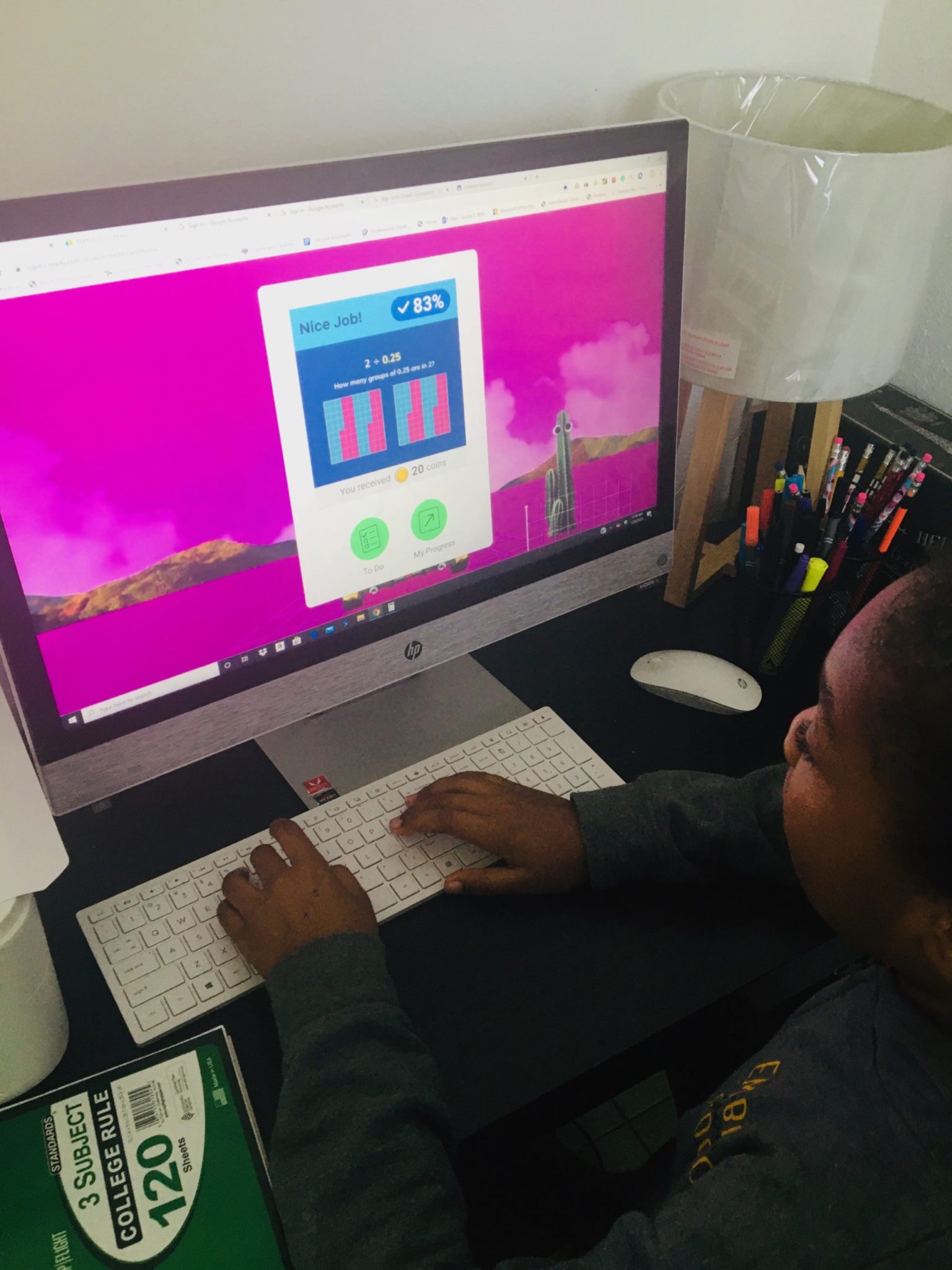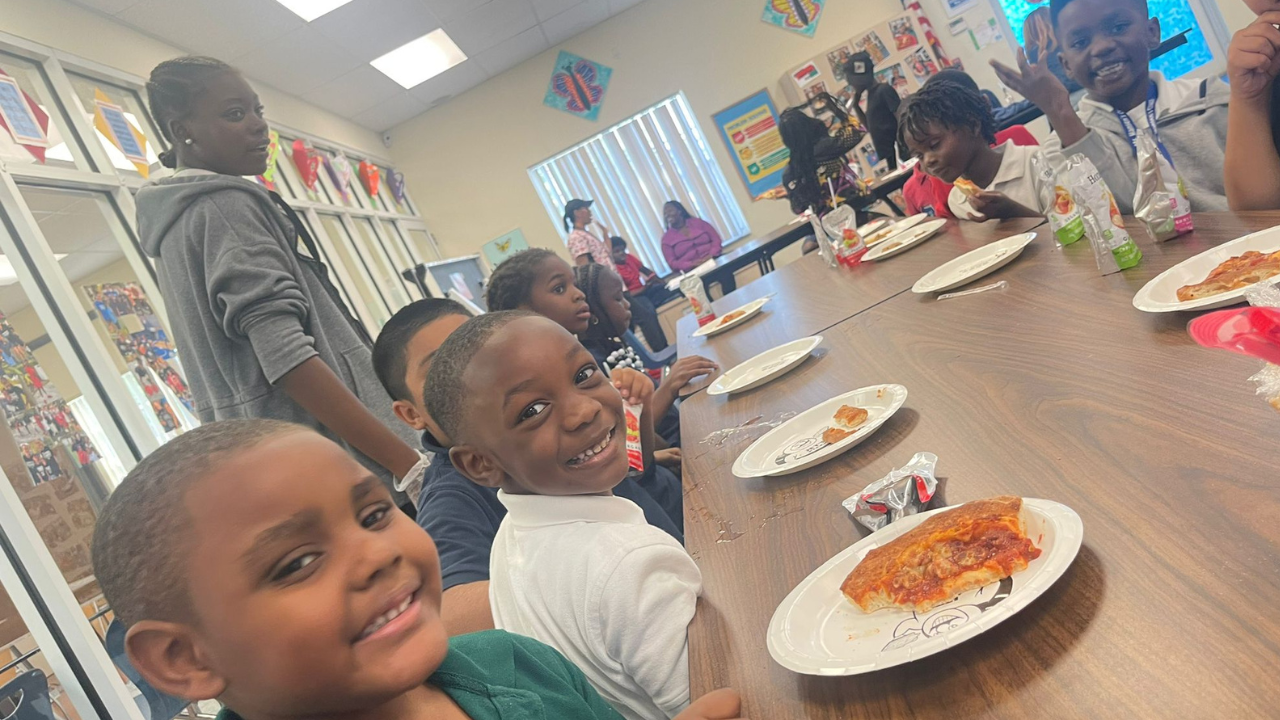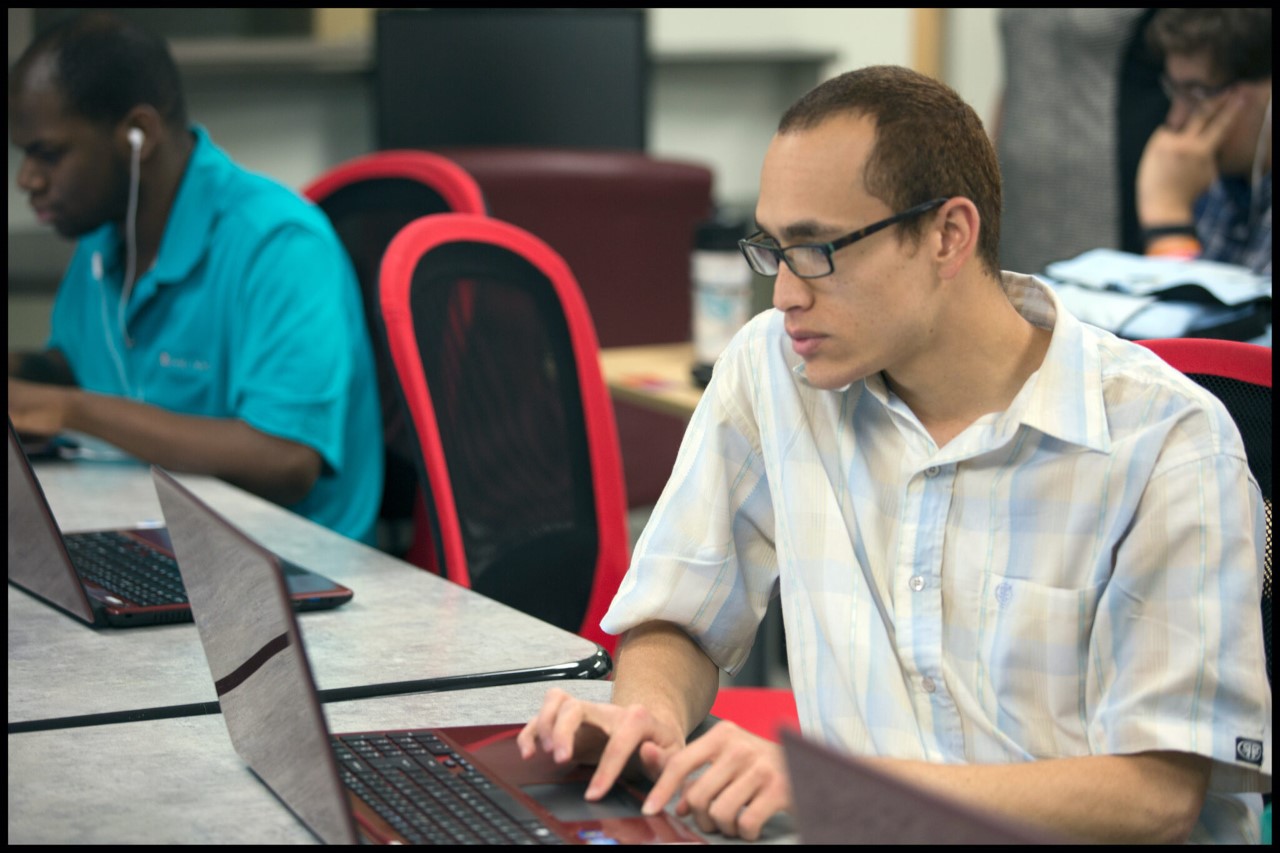The COVID-19 outbreak continues to redefine daily life as Broward County public school children joined Miami-Dade County in distance learning, taking the sixth- and fourth-largest school districts in the nation into a completely virtual format.
Kipp Miami, a nonprofit organization providing college preparatory education in underserved communities, works with children of all ages and understands the difficulties not being able to learn in the classroom poses. The company’s executive director, Brett Kimmel, offers insight on how to best cope with the current reality.
“As this becomes the new norm for students and families, these quick tips can create structure and a successful learning space, as well as ensure students stay curious and on track with their learning,” he says.
1. CREATE A DAILY ROUTINE
Children thrive on routine. Plan a schedule that is reviewed the day before that includes wake-up time, meal times, times for your child to learn each subject, homework, breaks and even chores. For younger children, have this written out and posted so kids can refer to the schedule.
2. PARTNER WITH YOUR CHILD AND ESTABLISH EXPECTATIONS FOR LEARNING.
Empower your child in the learning process by asking them what goals they’d like to achieve in tackling both daily and weekly assignments. Work together on expectations of getting the work done.
3. CREATE A COMFORTABLE LEARNING ENVIRONMENT.
It may be difficult to transition to virtual learning, as kids associate their school setting with learning and being home for relaxation and play. Make sure to create a learning environment that is comfortable, quiet and free of distraction. Options to consider are the kitchen counter, dining room table, or desk in their room.
4. PLAN DAILY CHECK-INS.
Establish daily check-in times to see if your child is on track with duties and assignments and inquire if they need any help. Be sure to incorporate this into the schedule. Younger children will need more check-ins than older kids.
5. PROVIDE OPPORTUNITIES FOR JOY.
Plan purposeful opportunities for you and your child to enjoy. For younger kids, this might include going to the backyard for an outdoor activity such as spotting butterflies, while for teens it could mean going on YouTube to explore fun science videos.














